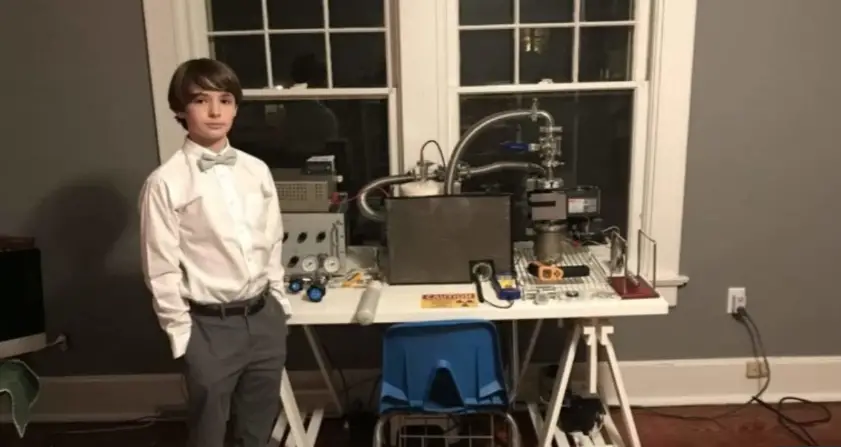Fourteen-year-old
Jackson Oswalt, a native of Memphis, is a seemingly mundane eighth-grade school
goer in most ways. He hangs around with his buddies, enjoys going to school,
and plays video games here and there. But it is what he sometimes does at home
that is far from mundane: he loves working on the nuclear reactor he built at
his home from the time he was just twelve years old.
He
embarked on this journey of learning about nuclear science when he came across
the story of Taylor Wilson, another fourteen-year-old teen who also built a
nuclear reactor in the garage of his residence in the year 2008, in Reno, in
the state of Nevada. This achievement made Taylor the youngest ever person to
accomplish nuclear fusion. His work earned him commendations and awards. In
fact, he was also visited by former President of The United States, Barrack
Obama. Taylor Wilson, who is now aged 24, is engaged in research in order to
amend and render nuclear fusion additionally competent.
Taylor
Wilson was the holder of the record of being the youngest person to attain
nuclear fusion till January of 2018 when Jackson Oswalt dethroned him of this
record by achieving nuclear fusion at age twelve. Jackson’s outcomes were
confirmed by a forum of physicists and hobbyist from fusor.net. He is now the
youngest individual to have successfully built a functioning nuclear reactor.
It
was the story of Taylor Wilson that made Oswalt capable of this feat. It really
appealed to his competitive side.
In
order to complete this, he needed to acquire a nuclear fusion primer. It is a
process that is used to harvest energy by smashing atoms. Thankfully, it is much
less dangerous than the process of fission, which nuclear power plants employ
to harvest energy. Fusion also eliminates the hazard of meltdowns and the
production of radioactive waste.
Fusion
requires the generation of a 100 million degree Celsius of heat, which in turn
implies that the procedure requires much more input energy than the output.
Scientists have been working to reduce this, but have not had much progress
with it.

